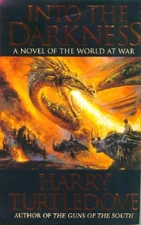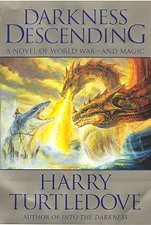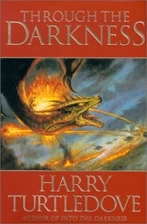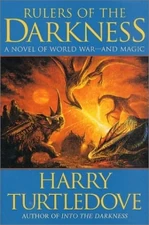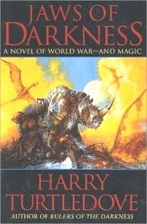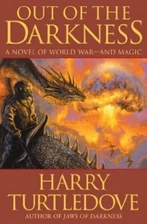The Algarvic Languages were a family of languages descended from the speech of the ancient Algarvic tribes, Algarvic Peoples being the speakers of such languages.
The original speakers dwelt in the forest country of south-eastern Derlavai. Many of the Algarvic tribes then migrated northward, toward the Kaunian Empire, first serving as mercenaries in its armies and eventually altogether overthrowing the empire and conquering it. Other Algarvic tribes took to the sea, colonizing off-shore islands and the western part of Kuusamo.
The main modern Algarvic Languages were Algarvian, Lagoan and Sibian. Though the similarities between them were obvious, they had developed in divergent directions and were not mutually intelligible. In particular, Lagoan had absorbed numerous Kuusaman loan words not found in other Algarvic tongues, due to their proximity to Kuusamo.
The linguistic similarity did not breed a political harmony between Algarvic peoples, who often fought bitterly against each other. There was a time when Lagoas and Sibiu fought a whole series of wars, motivated by commercial rivalry. Later, both felt threatened by the rise of Algarve and were its foes in both the Six Years' War and the Derlavaian War, despite their linguistic affinity and distant common ancestry with the Algarvians. And even when allied, Sibians and Lagoans were far from really fond of each other.
After conquering Sibiu early in the Derlavaian War, the Algarvians tried an intensive propaganda campaign promoting " Algarvic Brotherhood" – with Algarve being the "Elder Brother" and Sibiu the "Younger". Most Sibians were quite cynical about this campaign.
For his part, King Swemmel of Unkerlant, when receiving the Lagoan Ambassador Gusmao at the height of the Derlavaian War, noted with distaste the similarity of Lagoans to Algarvians – which he did not show outwardly, as at the time the alliance with Lagoas was very vital for Unkerlant's survival.
Literary Note[]
The names and occasional words in Algarvian, Lagoan and Sibian appearing in are books are from, respectively, Italian, Portuguese and Romanian – all of them Latin-based languages, but distant from each other geographically and linguistically. They represent, however, the actual Germanic languages – Algarvian as German, Lagoan as English (which has a considerable non-Germanic vocabulary) and Sibian as either Dutch or the Scandinavian languages.
| |||||||||||||||||||
